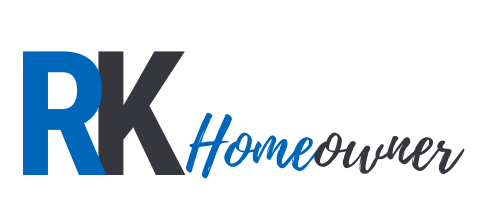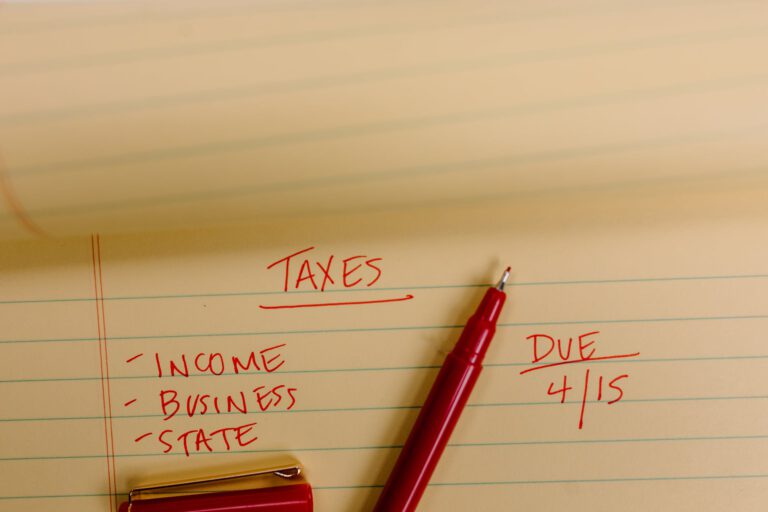Secrets of the Rich: Borrow to Build Wealth in Canada
Want to build a real estate empire or grow a business from scratch, but don’t have the cash? Try a little leverage—that’s what the wealthy do. Turns out one of the most common strategies used by the rich to build wealth is to borrow and use other people’s money to grow their assets—and it works.
While the rich may have a multitude of leverage strategies at their disposal, two of the more accessible options that are available to everyday Canadians are to:
- Buy real estate using a mortgage;
- Borrow funds to build a business.
Here’s a quick look at each strategy.
Strategy #1: Borrow to Buy Real Estate
It was the mid-1980s and D.G. Southen was only 24 years old when he bought his first investment—a house near the University of Western Ontario in London, Ont. He borrowed $20,000 from his parents to put a down payment on an $80,000 house.
To pay the mortgage and other costs Southen rented the place out to six other roommates.
“I slept in an unheated attic and paid the mortgage from the rent I collected.”
After a few years, Southen grew tired of living with so many people, so he sold the house for $108,000, paid his expenses and used the profits for a series of down payments on four condo units near the university. Southen was fortunate: he caught an “updraft” in the housing market and, as a result, made a lot of money
Over the years, Southen has continued to borrow to invest in rental properties, although these days he no longer looks at buildings with less than 40 rental units.
“I’m older and I need to allocate my time more wisely,” he explains. “But I had to start somewhere.”
While Southen likes the cash flow and inflation hedge real estate investments provide, he says the best part about real estate investments is that once the mortgage is paid off, the monthly earnings continue to roll in. As a result, his cash-flow positive, real property investments end up acting like an inflation-hedged pension.
“Most people will draw from a retirement fund when they stop working,” says Southen. “Most [retirees] will deplete that [investment] asset as they withdraw those earnings. Not me. I’ll earn an inflation-adjusted $50,000 from just one of my holdings—and I won’t ever touch the capital.”
Start Small As a Beginner Real Estate Investor
Large apartment buildings may be too expensive for someone just starting out, but that doesn’t mean there aren’t properties worth considering.
The key to using leverage to build a successful real estate investment portfolio is to invest in property that is cash-flow positive.
A cash-flow positive property means the income you get from renting out the property covers all your expenses—including mortgage, taxes, insurance, maintenance, repairs and a contingency fund—with at least a little bit left over.
Cash flow is critical because it allows you to hold the investment regardless of market conditions. This eliminates the need to sell during a down market when you could be forced to crystallize a loss.
To understand, consider a purchase where you put 10% down on a property worth $300,000.
If the value of the property increases by 20%, then you’ve earned $30,000 in gross profit (your gain before interest, taxes and expenses). However, because of leverage, while the property price appreciated 20%, your return on investment was 100%.
Consider the Downside to Leverage
To be a successful real estate investor, you should also consider the downside to leverage. While leverage can maximize gains, it can also magnify losses.
For instance, what if that same investment property dropped in value by 20% (or $60,000)—and you had to sell. Not only would you lose the $30,000 you used as a down payment, but you would also be down another $30,000.
Real estate is probably one of the more accessible ways to invest borrowed money, explains Talbot Stevens, financial educator and author of Dispelling the Myths of Borrowing to Invest. “It’s a mini-business that doesn’t have a lot of complexity to it. For the average person, real estate can be a good strategy.”
While borrowing to build wealth in Canada through real estate investments is a well-known strategy, the key is to have a plan for market swings and to know how to manage potential downside risks.
Strategy #2: Borrow to Start a Business
The most common strategy to become ultra-rich is to start your own business. While more and more Canadians join the ranks of the high-net-worth through entrepreneurial activities, most start by borrowing money.
Borrowing to Build a Business
When Toronto bread and gourmet sandwich-maker, Simon Bradley, needed cash to set up shop in Toronto, he struck a deal with his banker that gave him access to close to $500,000 in funds. (We’ve changed his name to protect his family’s privacy.) But to get this sum, he had to leverage his house as collateral.
Seven years (and one child) later, Bradley now owns four successful bakeries, including a flagship store in Toronto’s financial district.
To build this business mini-empire, he chose to leverage the equity he’d grown in his home. The decision he made was to use that equity, to borrow money that was used to build and grow his business locations.
It was hard, but almost a decade later and Bradley’s business profits continue to grow.
It’s Easier to Borrow When You Grow Your Assets
Turns out, using leverage to build your wealth has another advantage: The larger your portfolio grows, the wealthier you become, and the easier it is to borrow money.
“Rich investors, like the Reitmans or the Trumps, borrow aggressively, roll the dice and hope to win big,” says author Stevens. “And, if they don’t? They flush the loss and start over again—with someone else’s money.”
How To Use Leverage To Grow a Business
If you’re interested in borrowing to start a business, start off by using leverage in a conservative and responsible way.
Start with “love money,” explains Rick Spence, a consultant and founder of the Canadian Entrepreneur blog. These are no- or low-interest loans from family and friends.
Once you’ve burned through that money, you can turn to angel investors—wealthy individuals who enjoy the risks and rewards of a start-up.
“You can borrow anywhere from $10,000 to $100,000 with angel investors,” says Spence, but these investors expect a return on their investment, and it often comes in the form of part ownership or a stake in your net earnings.
If you end up having to borrow from banks, you’ll pay a steep price. Even in today’s low-interest environment, you could end up paying 7% to 12% on a business loan.
Rather than pay these expensive interest costs, consider borrowing against the equity in your home, says Spence. This is the path many small business owners end up taking in order to bankroll their business. Quite often, the line of credit simply helps smooth out cash flow and keeps everything running on schedule.
“Many warn against using this type of leverage because, if your business fails, then you could lose your house,” says Spence. Still, for many entrepreneurs, leveraging your own home’s equity is often the cheapest method of borrowing to build a business and grow your overall net worth.







